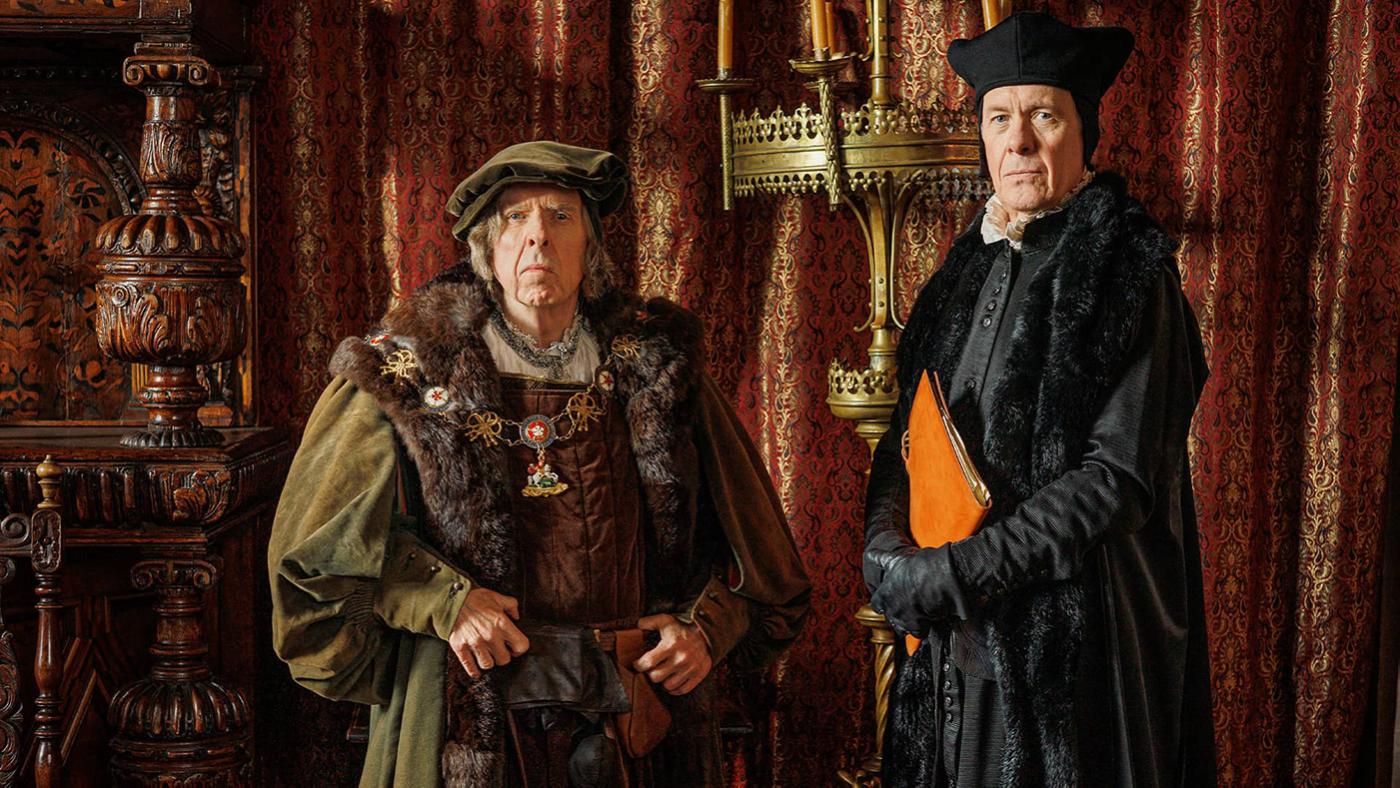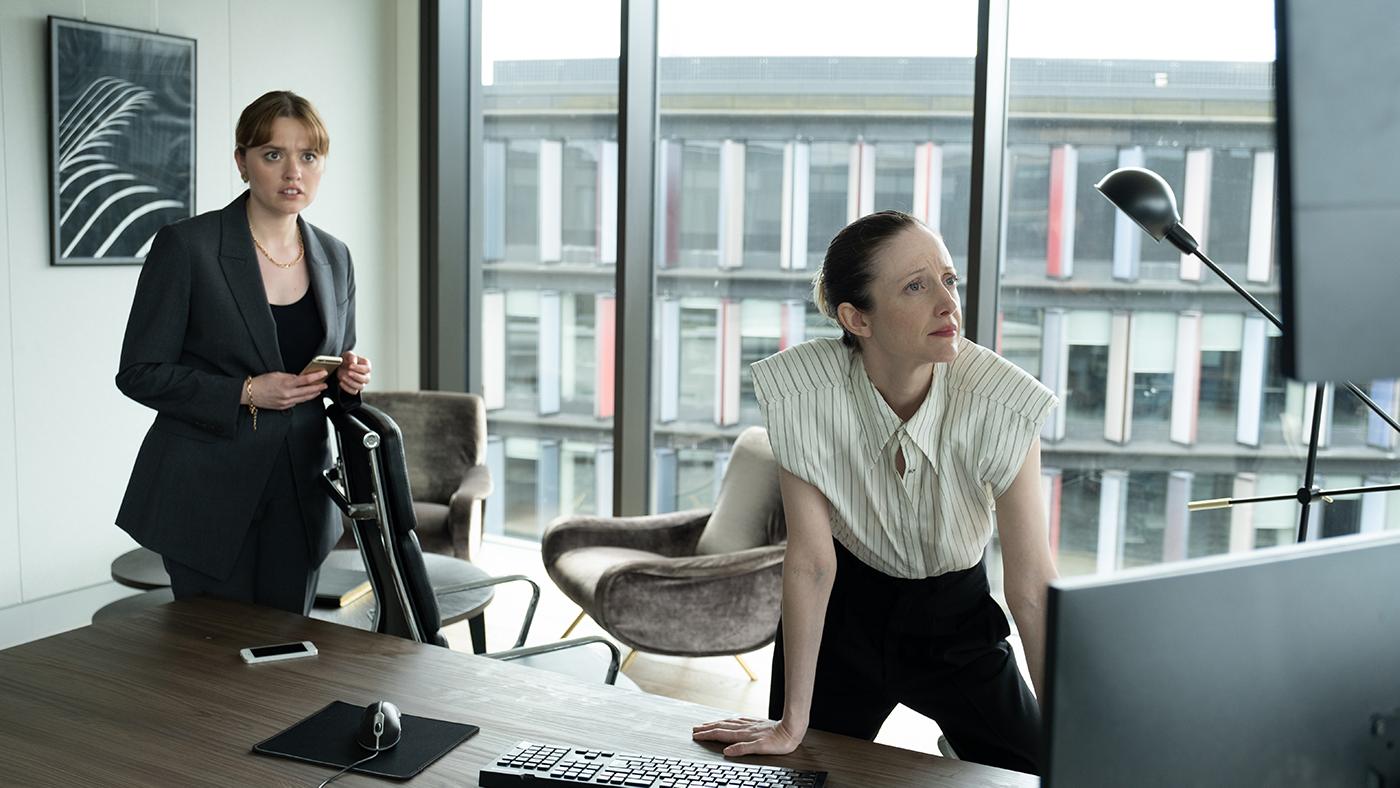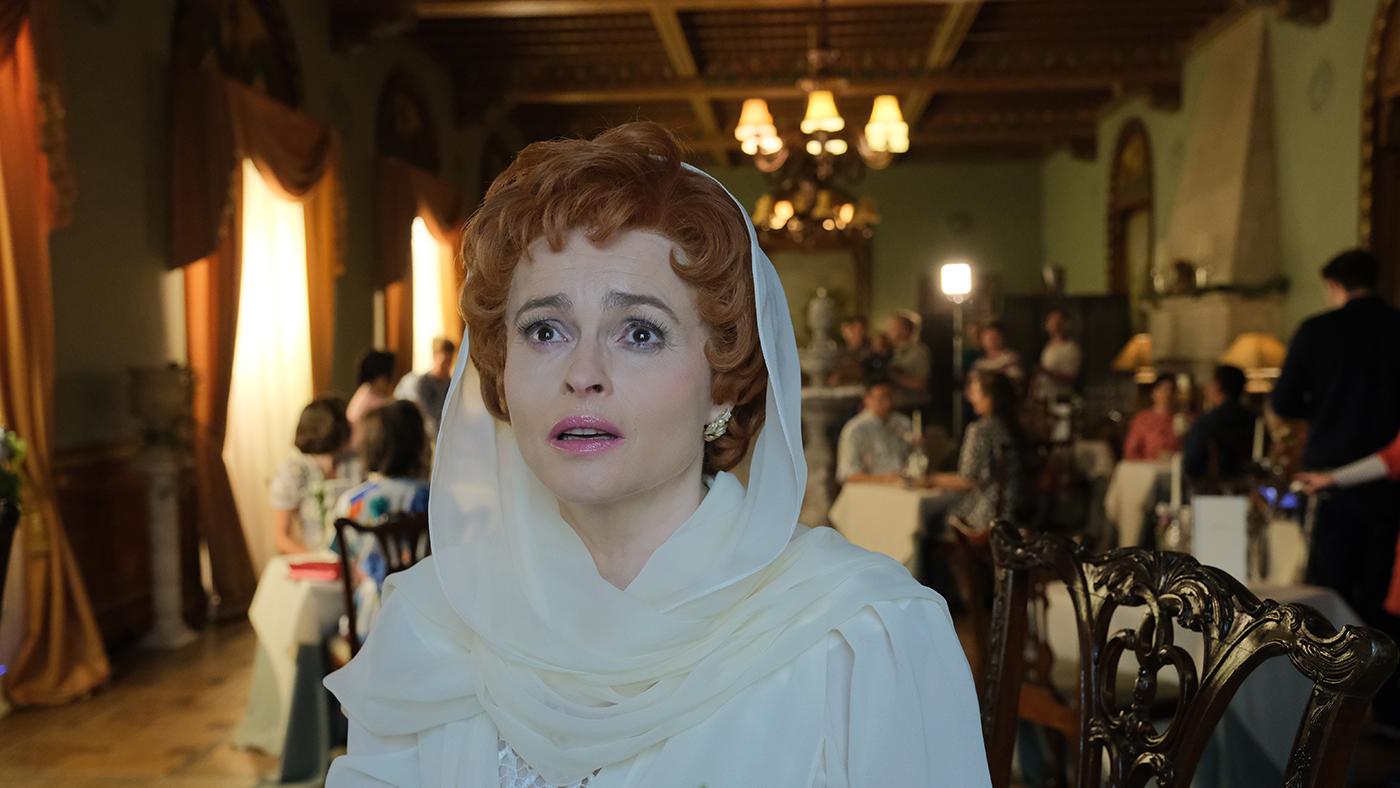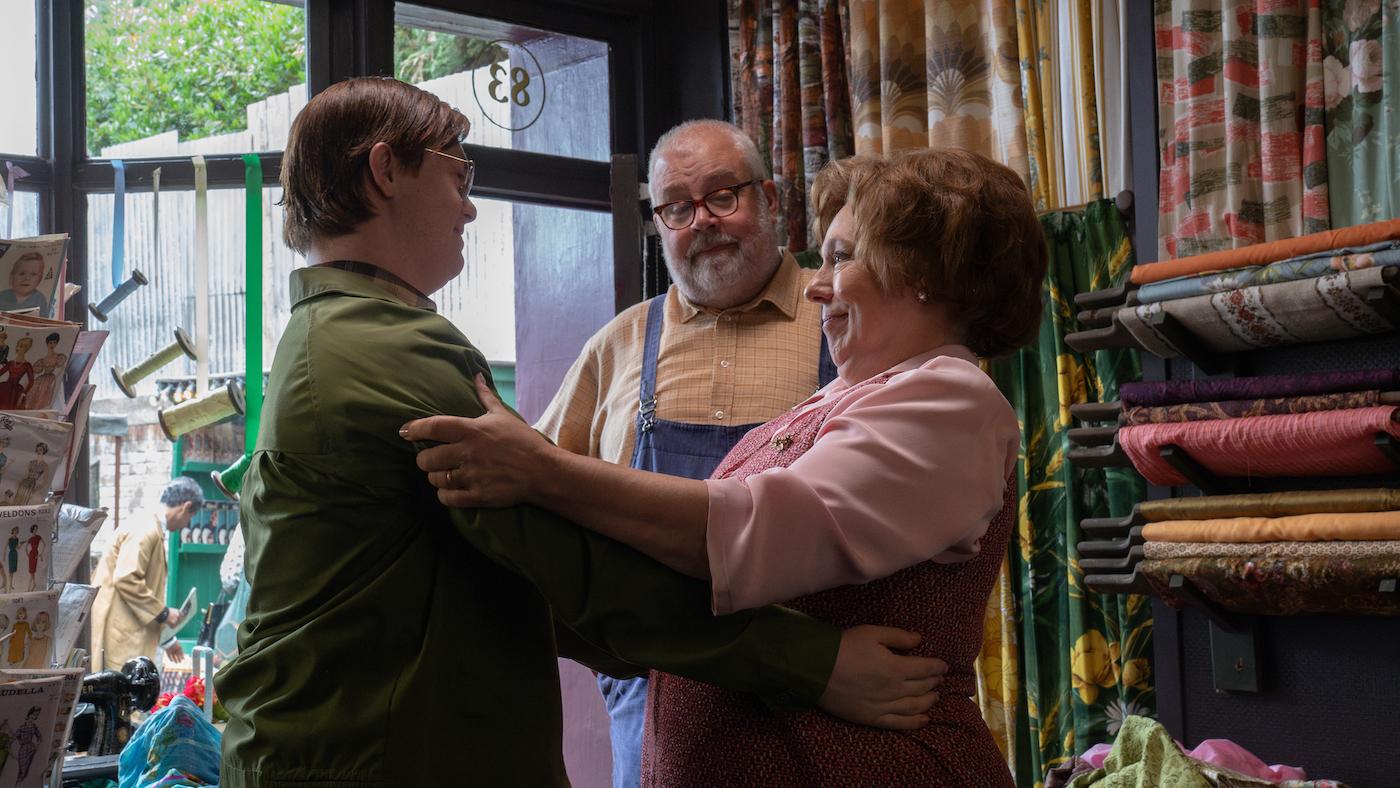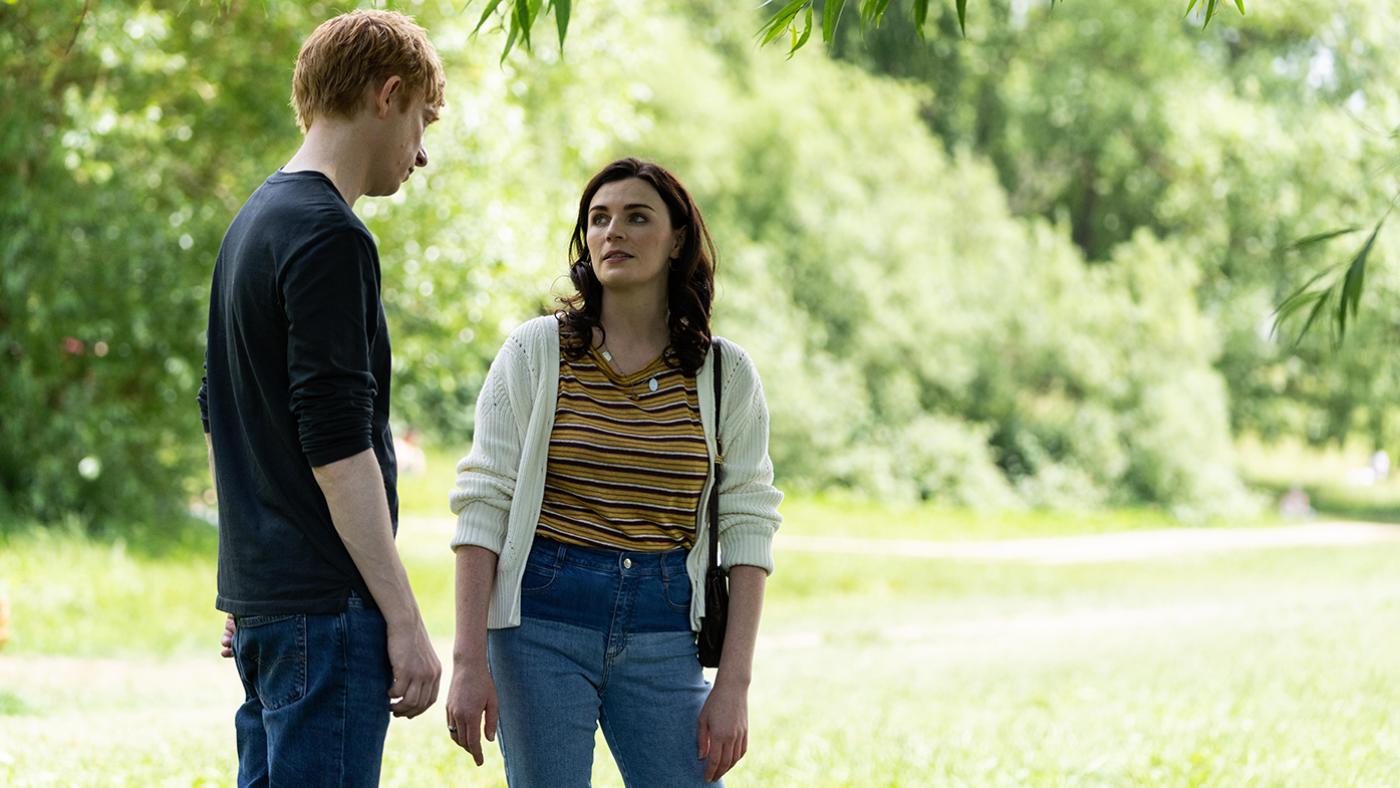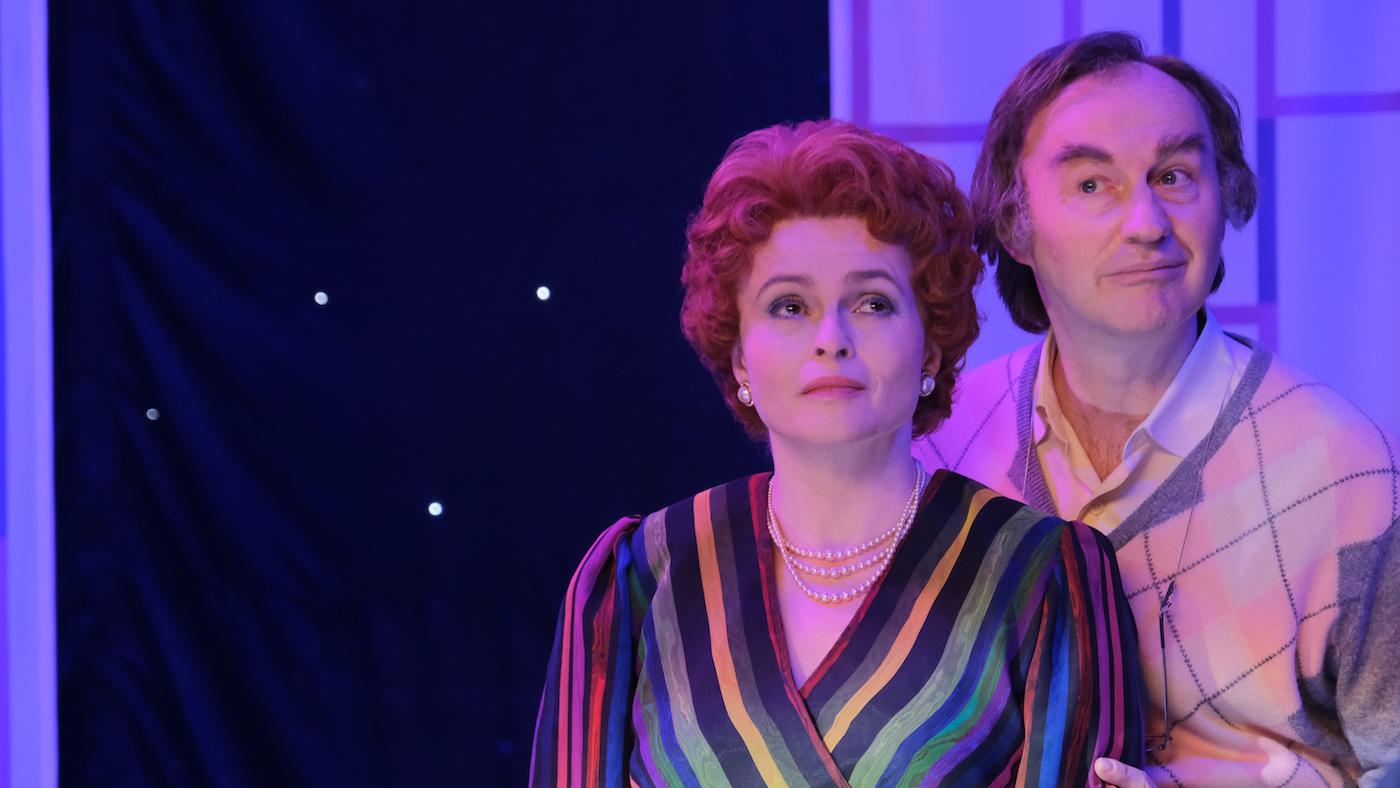TV Royalty
Daniel Hautzinger
May 12, 2017
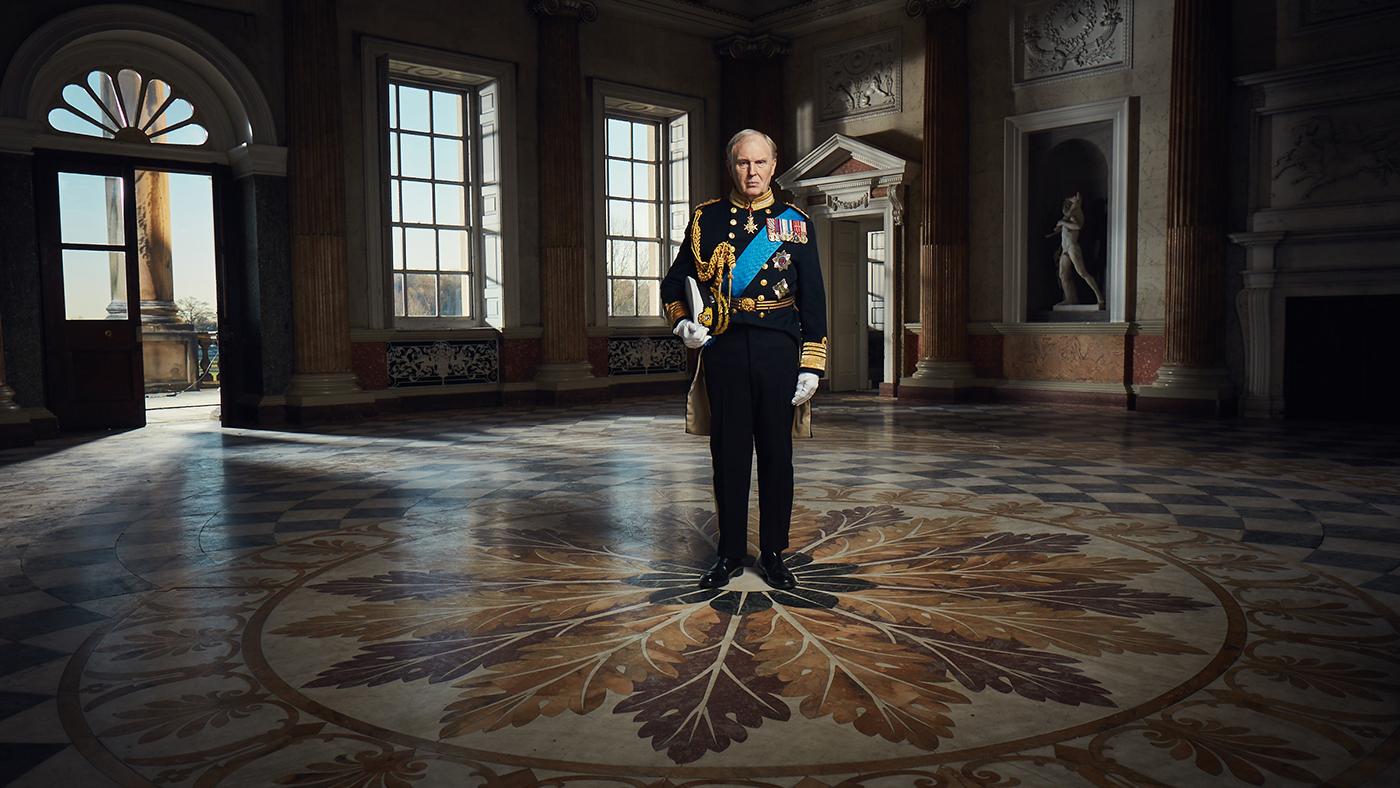
Find all of our Victoria content here, including episode recaps and other features.
The theme music for Netflix’s The Crown is a succinct metonym for its subject, Queen Elizabeth II. Majestic strains befitting the glory of the English throne swell to a peak, then abruptly drop out. Left in the wake are solemn, suppressed chords: the Queen’s quiet personality struggling to subsume itself into the role of inscrutable monarch, to transform her living, feeling self into a dignified, characterless symbol.
Nothing could be more different from Victoria, the first season of which was broadcast on Masterpiece earlier this year. During the title cards for that show, the young Queen raises her head to stare confidently out at the audience, her steely resolve and bold personality defiantly blazing forth.
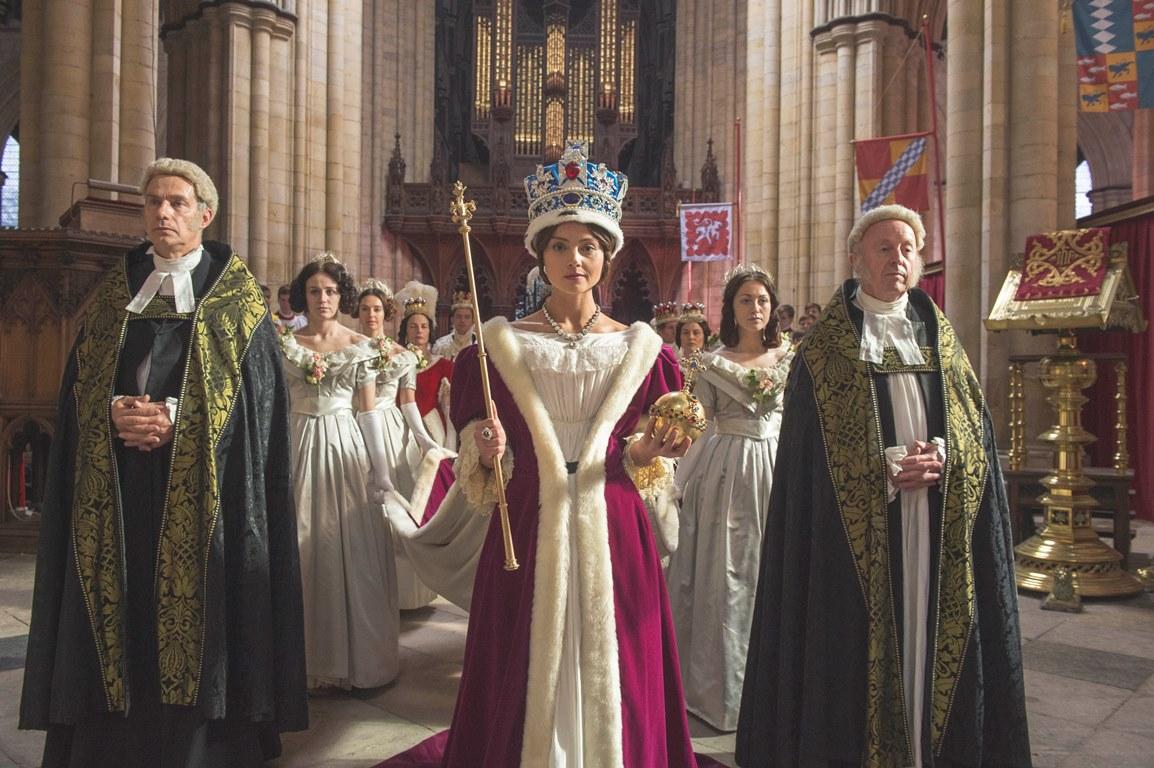 The young Queen in 'Victoria' is fiery and bold, the opposite of the suppressed Elizabeth in 'The Crown.' Photo: ITV PlcThe fact that two TV shows focused on such contrasting queens appeared within months of each other is a striking coincidence, one that may have to do with a cultural thirst for powerful female figures. King Charles III adds another monarch to the slate with an imagination of the reign of Prince Charles, who, despite being Elizabeth’s son, is much more in the mold of the fiery Victoria.
The young Queen in 'Victoria' is fiery and bold, the opposite of the suppressed Elizabeth in 'The Crown.' Photo: ITV PlcThe fact that two TV shows focused on such contrasting queens appeared within months of each other is a striking coincidence, one that may have to do with a cultural thirst for powerful female figures. King Charles III adds another monarch to the slate with an imagination of the reign of Prince Charles, who, despite being Elizabeth’s son, is much more in the mold of the fiery Victoria.
As with many works of creative history, this glut of fictionalized royalty reveals as much about the society that made it as the people it portrays. Today we tend to view the Victorian era as staid, moralistic, and dominated by bewhiskered men in top hats and frock coats, but in Victoria we are given an instinctive woman who eagerly subverts gentlemen politicians and passionately conducts romances. Thus Victoria is recast as a plucky modern woman determined to be successful and have it all in a male-dominated world.
The Crown is another story. While Elizabeth occasionally asserts her independence, for the most part she strives to defer to tradition and follow the advice of the more experienced people around her, almost all of whom are men. (Like Victoria, she does still have to rise above gendered assumptions as well as deal with a husband emasculated by his inferior position.) But this too is explainable when you take into account the climate of our own time. In a period of vivid political uncertainty and extreme disruption, the stability and coolness of the monarchy as embodied by Elizabeth is attractive. “Let them see only the eternal,” Churchill tells Elizabeth in The Crown. Eternal, predictable, solid, benign: Elizabeth’s reign offers a comfortable bulwark amidst raging flux.
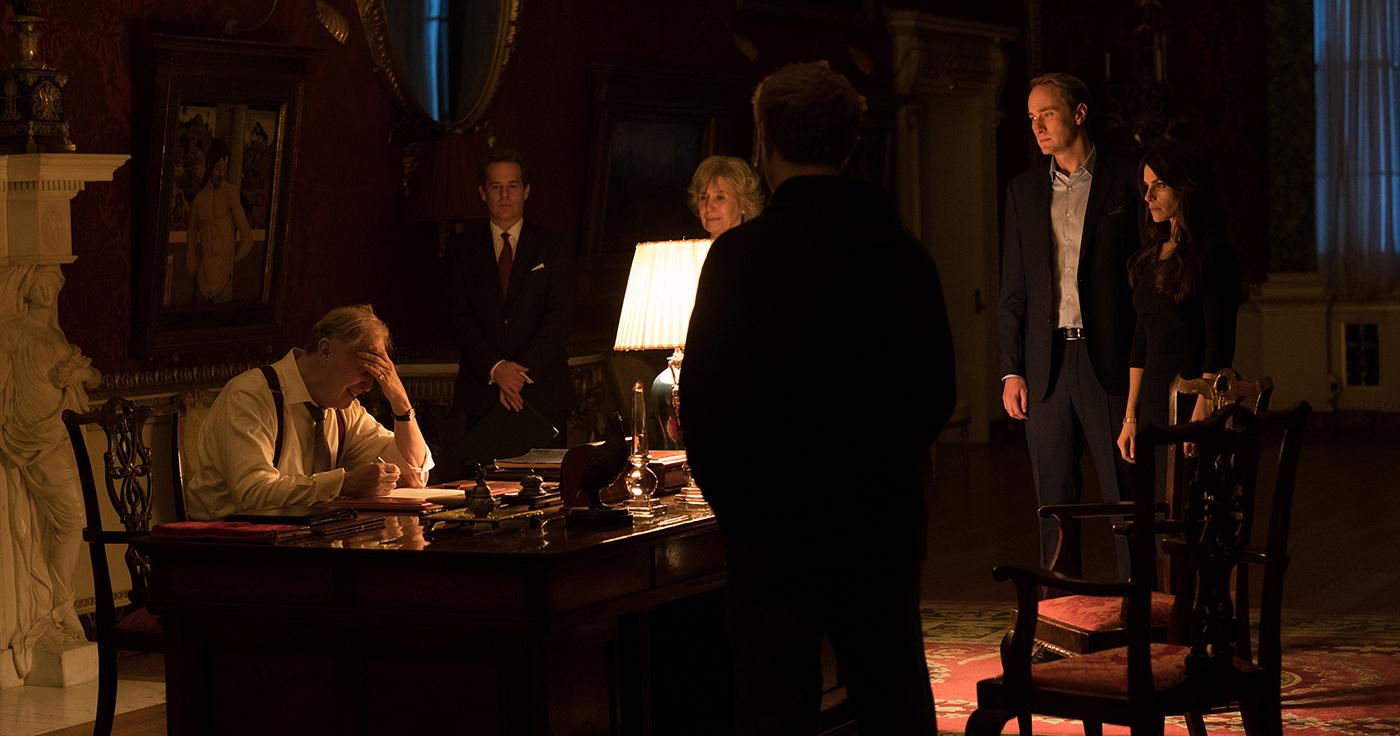 'King Charles III' reflects the anxieties of our time. Photo: Robert Viglasky/Drama Republic for BBC and MASTERPIECEKing Charles III, meanwhile, is a manifestation of the very anxieties from which The Crown’s Elizabeth provides relief. After Charles, played by the late Tim Pigott-Smith, finally ascends to the throne upon his mother’s death, he causes a constitutional crisis over a bill restricting freedom of the press. Division between a ruler and a parliament; concerns over enshrined rights; infighting within the political establishment; blustery rhetoric: it’s a story that has become familiar across the globe in the past several years.
'King Charles III' reflects the anxieties of our time. Photo: Robert Viglasky/Drama Republic for BBC and MASTERPIECEKing Charles III, meanwhile, is a manifestation of the very anxieties from which The Crown’s Elizabeth provides relief. After Charles, played by the late Tim Pigott-Smith, finally ascends to the throne upon his mother’s death, he causes a constitutional crisis over a bill restricting freedom of the press. Division between a ruler and a parliament; concerns over enshrined rights; infighting within the political establishment; blustery rhetoric: it’s a story that has become familiar across the globe in the past several years.
But these contemporary themes are only secondary to the fundamental purpose of all three programs, which is to explore the human element of these figureheads. Once again, Victoria and The Crown tack in opposite directions. Whereas Victoria revels in the relatable emotions of its subject – her strained relationship with her mother, her heated loves, her youthful excitement at being Queen – The Crown probes the humanity of everyone but the Queen.
Since the drama of Elizabeth resides in her battle to avoid dramatics, The Crown often turns its focus to a rich surrounding cast of characters. (This is not to say that Claire Foy is not incredibly engaging as Elizabeth; it is fascinating to watch the minute expressions that flicker across her face before she can suppress them.)
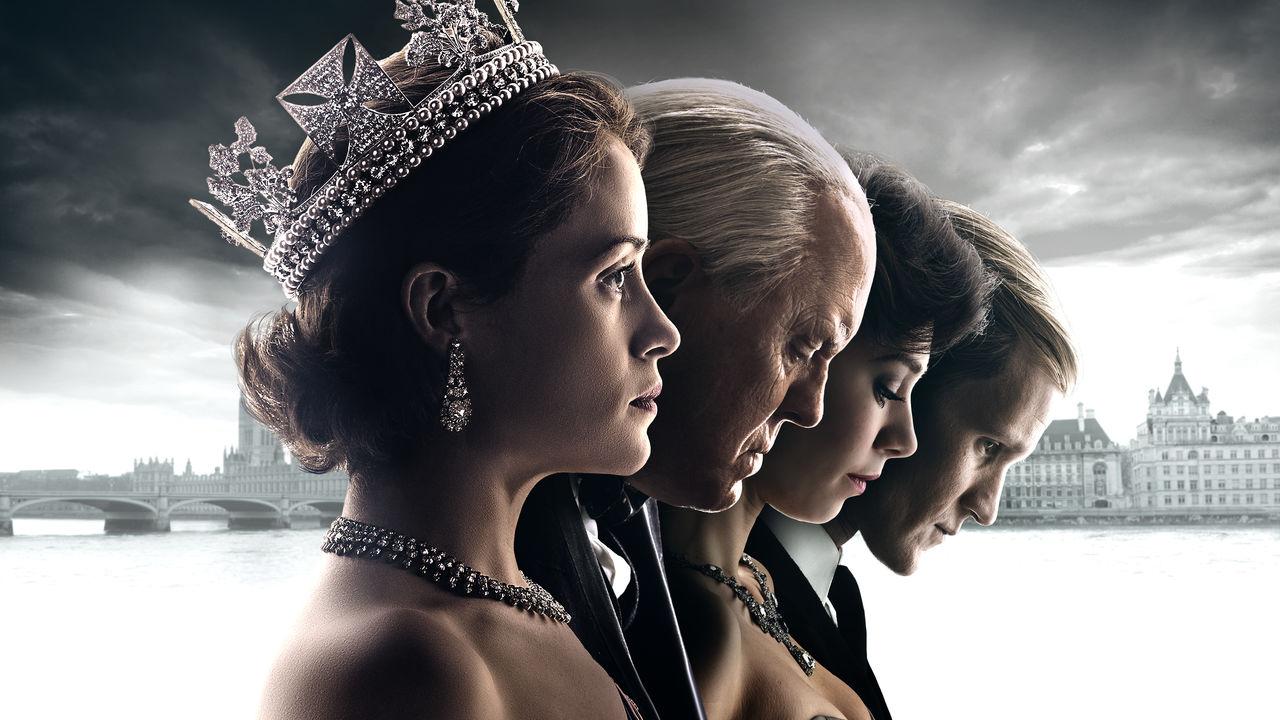 'The Crown' probes the humanity of the characters surrounding Elizabeth: her prime minister, her sister, her husband. Photo: NetflixThere’s the doomed romance between Peter Townsend and Elizabeth’s younger sister Margaret – a Victoria-like character in her impetuosity. Elizabeth’s uncle Edward, who abdicated the throne to marry the divorced Wallis Simpson, receives some tragic moments as he watches his niece fulfill the position he gave up: “It blights our every human transaction,” he tells Elizabeth of being monarch. And Winston Churchill struggles to accept his impending irrelevance as age and ill health creep up on him.
'The Crown' probes the humanity of the characters surrounding Elizabeth: her prime minister, her sister, her husband. Photo: NetflixThere’s the doomed romance between Peter Townsend and Elizabeth’s younger sister Margaret – a Victoria-like character in her impetuosity. Elizabeth’s uncle Edward, who abdicated the throne to marry the divorced Wallis Simpson, receives some tragic moments as he watches his niece fulfill the position he gave up: “It blights our every human transaction,” he tells Elizabeth of being monarch. And Winston Churchill struggles to accept his impending irrelevance as age and ill health creep up on him.
King Charles III, which is adapted from a play in blank verse by Mike Bartlett, also features a vibrant supporting cast, although they are decidedly more Shakespearean in their scheming and intensity. Echoes of Lady Macbeth are obvious in Kate Middleton, while the ghost of Diana haunts both Charles and his son William, just as the ghost of Hamlet’s father shadows his son. Conflict and emotion are pitched to a level suitable for the dramatic stage.
The Crown is more subtle in its depiction of inner lives, fitting the quiet sitting rooms in which much of it takes place. Victoria is vivacious and extroverted, as evident in its grand ballrooms illuminated by golden candlelight. These shows may take place in palaces and their heroines may look out from under a crown, but the people they depict are not unapproachable idols. No matter how hard Victoria tries to assert her authority or Elizabeth attempts to erase her visceral self, the Queens are simply two young women who just happen to be under the scrutiny of twin audiences, at court and on TV. It’s a heavy burden, indeed.

